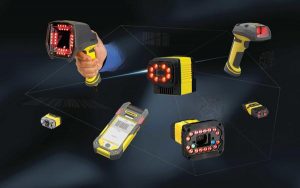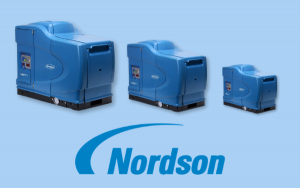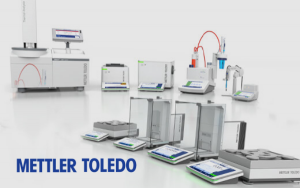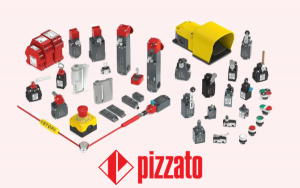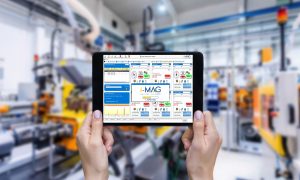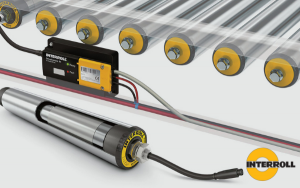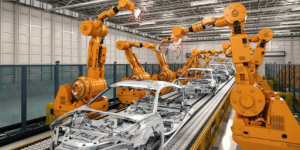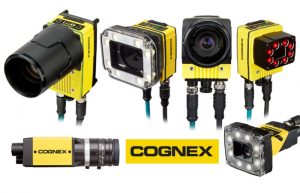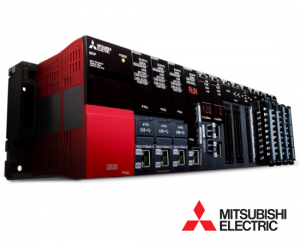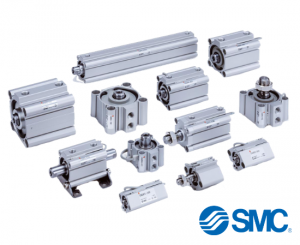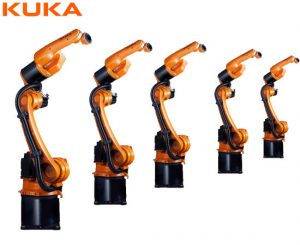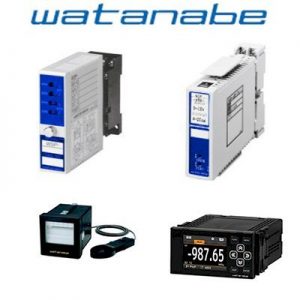Why should the warehouse have an AGV Robot?
The use of AGV Robots in warehouses has grown in recent years. This is also not too new due to the fact that AGV allows warehouses to improve equipment handling efficiency and increase productivity . Advantages of the AGV system include:
Optimal operation 24/7:
- Since there is no driver, the AGV can work daily and even at night.
- It is simply needed to provide the time required to recharge the battery between operations.
Ensuring the safety of processes, loads and people:
- As the AGV Robot follows a programmed path, the movement is controlled from start to finish. This gives warehouses better control over shipments and real-time traceability of shipped products.
- An AGV Robot is equipped with safety devices to prevent the Robot from running into the operator along the way.
- The AGV has an accuracy of about 10 mm, allowing for precise positioning of loads and preventing damage caused to products being transported during manual handling.
- Equipped with detection and safety sensors, the AGV is designed to stop in front of obstacles and thus avoid collisions.
Improve operator working conditions:
- AGVs ease human operations by performing the difficult and repetitive tasks of handling heavy loads for them.
Executives can assign workers to other positions with higher job requirements.
Reduce production costs:
- AGVs enable efficient, safe product transportation and help reduce labor costs.
- All of this allows your business to quickly increase ROI. For example, AGVs can also operate in areas that are difficult for humans to access due to extreme heat or hazardous materials.
- The AGV is an easy automation solution to recommend : if you only want to automate a small part of your production, you can deploy a single AGV, not the entire automation system.
However, there are also disadvantages to AGVs that need to be considered:
- They do not perform optimally outdoors. For example, wet or uneven ground can disrupt the movement of the AGV.
AGVs are not suitable for non-repetitive tasks. - They are less flexible than an operator, who can change duties if production requires, while an AGV is limited to its own mission.
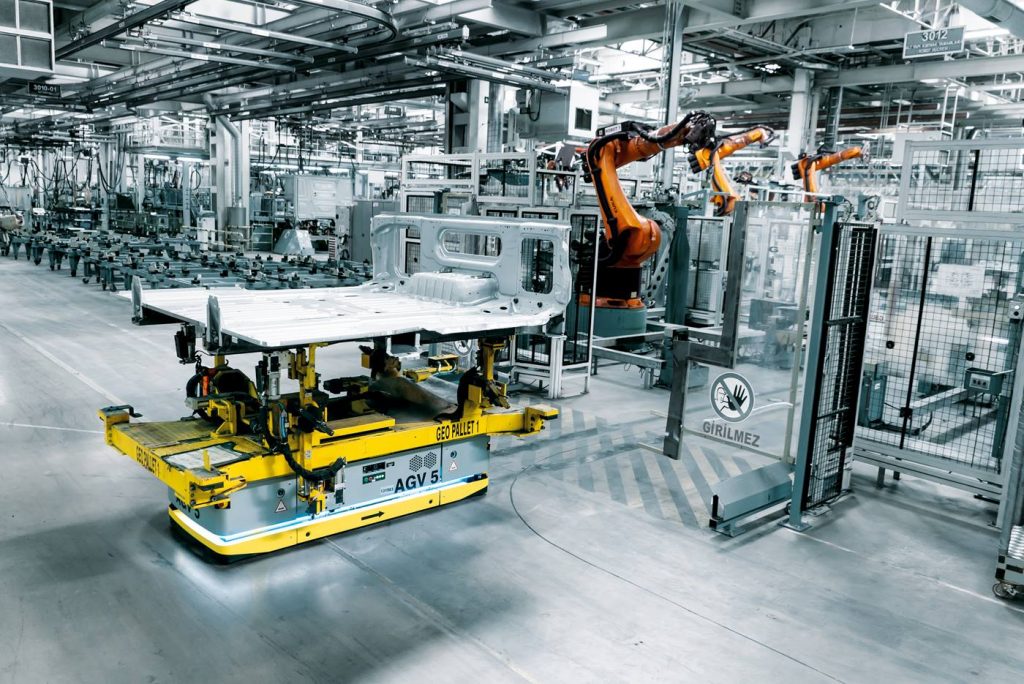
What type of navigation should you choose for your warehouse?
As we have seen, an AGV can move using different types of nagivation technologies.
Laser guide:
- The AGV is equipped with a rotating laser that allows it to detect reflected objects inserted in its environment and establish its position very precisely.
- They are very precise and allow the product to be handled to the nearest quarter of a centimeter.
- They are especially adapted for medical applications.
Wire guide:
- The AGV moves along a track in the ground that may include a wire, track, magnetic field line, or cable.
However, you must have rails installed to use this technology. - You should only choose this option if your applications do not require flexibility.
Visual guide :
- The AGV follows a path drawn on the ground that its camera recognizes.
- Installation costs are lower than wire guides and this type of AGV does not require any special installation work.
Geoguiding :
- The AGV contains a mapped representation of its environment within its system allowing it to move independently without the need to adapt the infrastructure.
- It automatically calculates its trips.
- This technology is very flexible as it is possible to modify the AGV’s maps whenever you want by working directly on the mapping software.
- It is the most reliable solution.
What is the main use of AGVs?
AGVs are used to transport a variety of materials, including pallets, rollers, trolleys and containers.
They are especially suitable for:
Production Center, for:
– Handling raw materials (paper, steel, rubber, metal and plastic).
- his includes transporting received materials to the warehouse and bringing materials directly to the production line.
– Transport products during production.
- The AGV allows you to move product from the warehouse to the production/handling line or from one processing area to another.
– Supply parts and tools.
– The transportation of finished products requires lightness when the product reaches the customer.
- When AGVs operate with precisely controlled navigation, the risk of damage is reduced to a minimum.
Transport waste to recycling centers.
Logistics (storage/distribution) centers for:
– Store and retrieve products.
– Handle the pallet as it is a repetitive and frequent movement.
- AGV can move pallets from packing pallets to warehouses or shipping docks.
– Autoload trailers.
- This is a fairly new use of AGV but is becoming increasingly popular.
- The AGV can take pallets from a conveyor or rack and transfer them to a trailer.
– Process product lines in stock.
What are the latest AGV trends?
In recent years, the capabilities of AGV systems have skyrocketed as software and sensor technology have improved. Manufacturers are now offering more precise, efficient and safe means.
Several types of technology could have a major impact on the AGV industry over the next few years.
Leader:
- A LiDAR sensor transmits laser pulses that measure the distance between an object and the AGV fitted on it. This compiled data allows for a 360° mapping of the active area, allowing the AGV to navigate without any additional infrastructure.
CCTV system:
- The camera allows to record information in real time, helping the AGV “see” the obstacles and infrastructure of the installation.
- When this information is combined with the data provided by the LiDAR sensor, a complete and dynamic 3D image of the active area is obtained.
New software:
- Software is the backbone of the AGV system. It can address the unique challenges of each installation and thus make specific solutions to best meet certain applications.
How to choose a suitable AGV?
The choice of an AGV system depends on the task, the work to be performed by the vehicle and the complexity of the environment in which the vehicle is to be used. Before making your decision, you should ask yourself the following questions to make the right choice for your business.
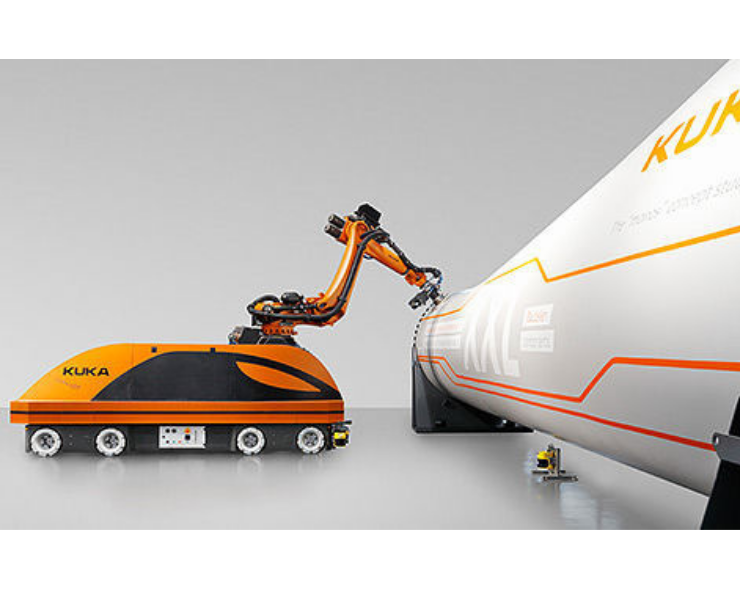
What loads will your AGV have to move?
- Will they be light or heavy?
- For heavy loads, a bespoke AGV may be a better solution
What type of navigation should you choose?
- The type of navigation (laser navigation, magnetic stripe, GPS …) depends on the environment in which the AGV will operate (whether wet, cold or not, interacts with the operator, etc.)
How accurate is the AGV?
- Make sure your AGV has the proper level of accuracy to be able to place the load without damaging it.
Is the AGV compatible with the logistics system already in use by my company?
- The AGV system is part of an automated logistics system
- Therefore, it is important to ensure the compatibility of such a system with the interfaces (ERP, enterprise resource planning or WMS, warehouse management system) that your company is using.
Should I choose a standard or a custom AGV?
- A standard AGV will cost less.
- It is also easier to maintain a standard AGV by an external service provider
- However, for heavy loads or special loads, a separate AGV should be preferred.
Do I need to equip my AGV with safety equipment?
- You can equip your AGV with detector sensors that will stop its movement when it encounters obstacles or people.
- Audio and visual elements can also be added.





